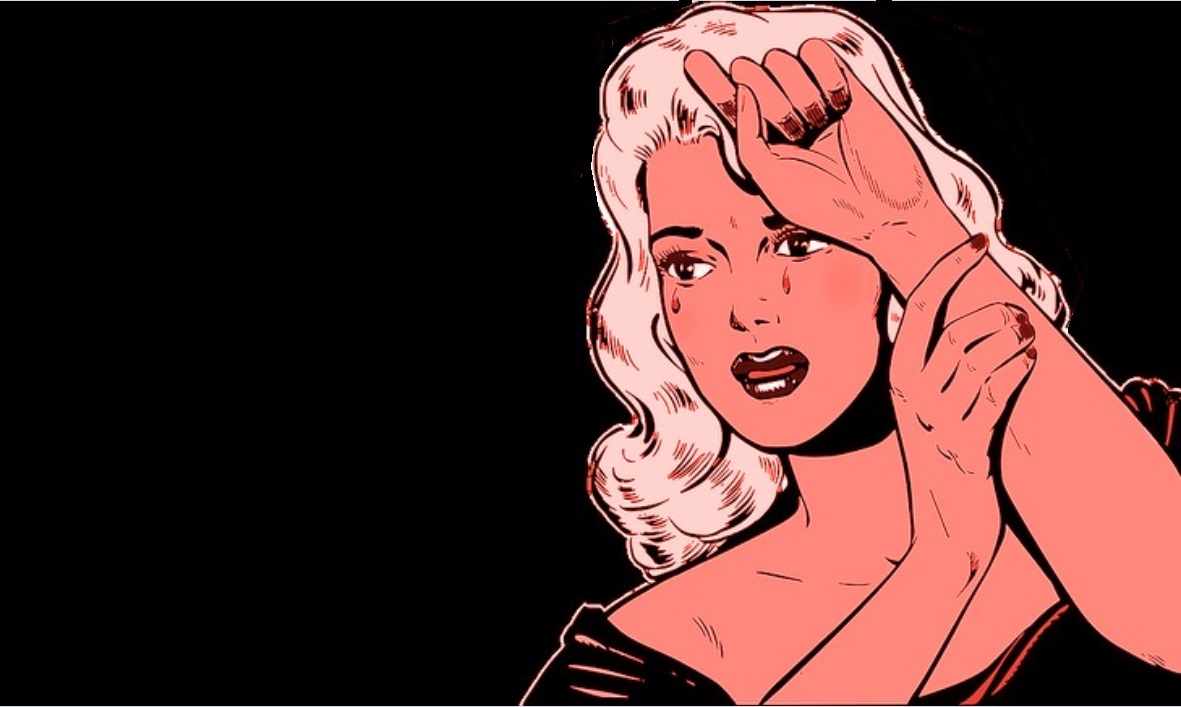
E.B. Bax outlined two forms of damseling; 1. “simple weakness,” and 2. “aggressive weakness.” In his view simple weakness deserves consideration on its merits, whereas aggressive weakness deserves no consideration.
“For modern Feminists of the sentimental school, the distinction is altogether lost sight of between weakness as such and aggressive weakness. Now I submit there is a very considerable difference between what is due to weakness that is harmless and unprovocative, and weakness that is aggressive, still more when this aggressive weakness presumes on itself as weakness, and on the consideration that might be extended to it, in order to become tyrannical and oppressive. Weakness as such assuredly deserves all consideration, but aggressive weakness deserves none save to be crushed beneath the iron heel of strength. Woman at the present day has been encouraged by a Feminist public opinion to become meanly aggressive under the protection of her weakness. She has been encouraged to forge her gift of weakness into a weapon of tyranny against man, unwitting that in so doing she has deprived her weakness of all just claim to consideration or even to toleration.” Chapter 5: The “Chivalry” Fake, in The Fraud of Feminism (1913)
Whether real or purely fabricated, these displays of vulnerability represent the two main faces or modes of enacting the damsel-in-distress archetype. Both begin their display with an announcement of vulnerability and powerlessness, but their ways of enlisting assistance differ considerably. The simple damsel invites assistance by displaying utter helplessness, imparting a sense of inadequacy, impotence and a complete lack of agency to deal with the situation responsible for her distress. The aggressive damsel, on the other hand, angrily denounces the forces assailing her, and demands redress with bitter and vindictive calls for the world to exact revenge on her behalf.
Unlike the simple damsel, the aggressive damsel feels unable to attract chivalric reinforcements via the simple act of broadcasting her helplessness. Thus, she loudly seeks the attention of men and governments, demanding they provide chivalric redress for whatever ‘distress’ is assailing her. This kind of damsel relies particularly on governments to address her grievances, and she is likely the kind of woman that John Stuart Mill, an advocate of feminism, had in mind when he wrote the following;
“From the moral influence exercised by women arose the spirit of chivalry … a special submission and worship directed towards women, who were distinguished from the other defenceless classes by the high rewards which they had it in their power voluntarily to bestow on those who endeavoured to earn their favour, instead of extorting their subjection.
Chivalry left without legal check all those forms of wrong which reigned unpunished throughout society; it only encouraged a few to do right in preference to wrong, by the direction it gave to the instruments of praise and admiration. But the real dependence of morality must always be upon its penal sanctions – its power to deter from evil… The beauties and graces of the chivalrous character are still what they were, but the rights of the weak, and the general comfort of human life, now rest on a far surer and steadier support.” [John Stuart Mill, The Subjection of Women 1869]
Many readers will recognise Bax’s simple weakness in the behaviour of traditional gynocentric women, and likewise will recognize aggressive weakness in the behaviours of feminist women. However, contrary to Bax’s trusting view of non-aggressive displays of weakness, readers might recognize that these too can amount to manufactured displays of weakness every bit as manipulative and undeserving of assistance as that of aggressive weakness.
Beautifully elucidated–thank you.